It is possible to cultivate various crops in the same region year after year by using crop rotation. Crop rotation provides several advantages to the land. Rotating your crops is an excellent way to restore the soil’s nitrogen supply and more. Here are the top 14 benefits of crop rotation.
Some main advantages of Crop Rotations:
- Increasing yields of crops
- Soil workability may be improved.
- Soil crusting should be reduced.
- Increase the amount of water that plants can use.
- Prevent sedimentation and erosion
- In the soil, plant nutrients may be reused.
- Different crops, planting dates, and harvest seasons may better distribute work throughout the harvest season.
- Reduce the use of pesticides and fertilizer.
- You’ll have more cash in your wallet.
Origin (crop rotation definition)
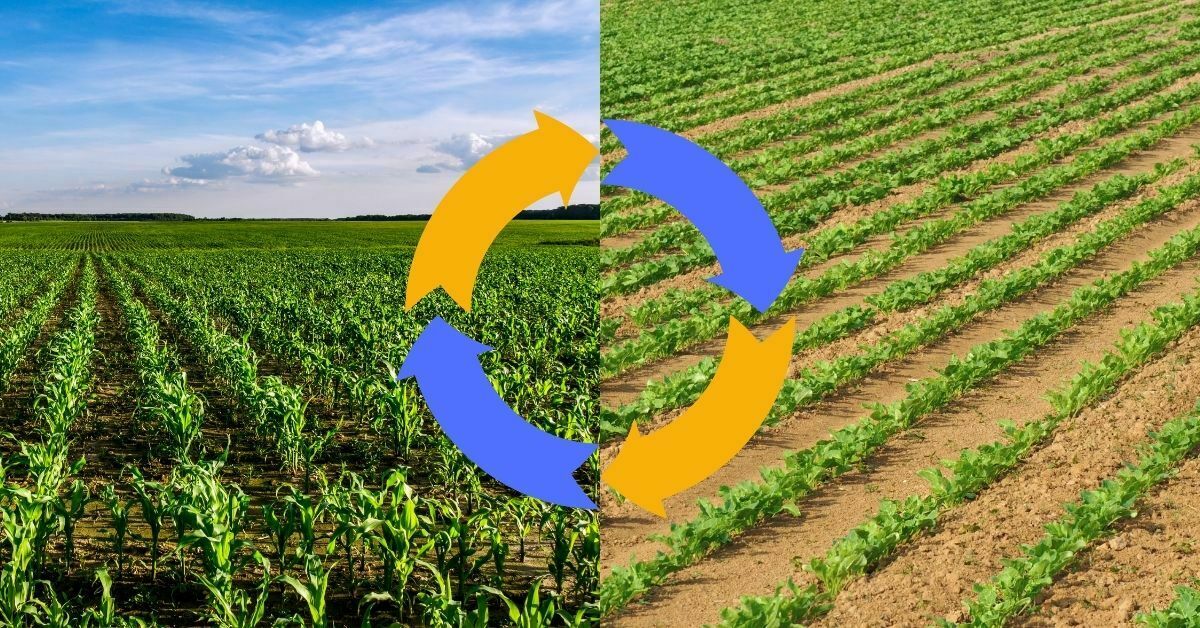
Crop rotation is an agricultural practice that has been around since the Roman Empire or Ancient Greece, according to some sources. Even though ancient farmers didn’t completely comprehend the science underlying crop rotation, they noted that planting the same crop on the same plot for multiple years depletes soil nutrients and reduces crop yields. Consequently, crop rotation was implemented.
“Food, Feed, Fallow” was devised by the Romans to address the issue. Farmers used this method to split their land into three equal halves. Planting for food crops, including wheat, oats for cattle feed, and a fallow area for recovery, we’re all done on this land. Sections of land were rotated every growing season to achieve the maximum long-term output.
Farmers saw a decrease in crop losses due to pests and illnesses after using this method. It’s a no-fuss solution.
Crop rotation’s fundamental concepts must first be examined in order to see why such a simple procedure makes a difference.
Due to the ever-changing price of grain, crop rotation has become more common in the south in recent years. We’ve witnessed a continuous rise in yields thanks to the expansion of maize acreage in the South and the expansion of irrigation.
The rotation has been shown in several studies to boost soybean and corn yields by 10% to 15%. Nematodes, weeds, and diseases may all be reduced by rotating crops, as mentioned in greater detail below. Rotating maize and soybeans may help minimize the spread of diseases like Northern Leaf Blight that have risen in recent years.
The Benefits of Crop Rotation
1. Balances the Soil Fertility

The crops that you plant affect the soil balance differently. Different crops need various nutrients. Crops like corn and tomatoes can easily reduce the phosphorus and nitrogen in the soil because they are heavy feeders.
If you plant these crops in the same area year after year, the nitrogen and phosphorus in the soil will diminish more quickly. You must change the location of these crops each year; by doing this, you will be able to renew the area where these crops grew the previous year, and you will maintain the balance of your soil.
Lettuce, cabbage, tomatoes, and some leafy crops are also heavy feeders. They consume nitrogen very fast. Root vegetables and herbs are considered light feeders. Some crops add nitrogen to the soil but consume a lot of phosphorus, such as peas and beans.
The most important factor in balancing the fertility of the soil is to avoid planting similar crops in the same area. You can plant nitrogen-fixing legumes (peas and beans) and nitrogen-loving crops (lettuce and tomatoes) alternately each year. You can also plant-heavy feeding crops and light feeding crops alternately each year.
2. As a result, Appropriate Nitrogen Management
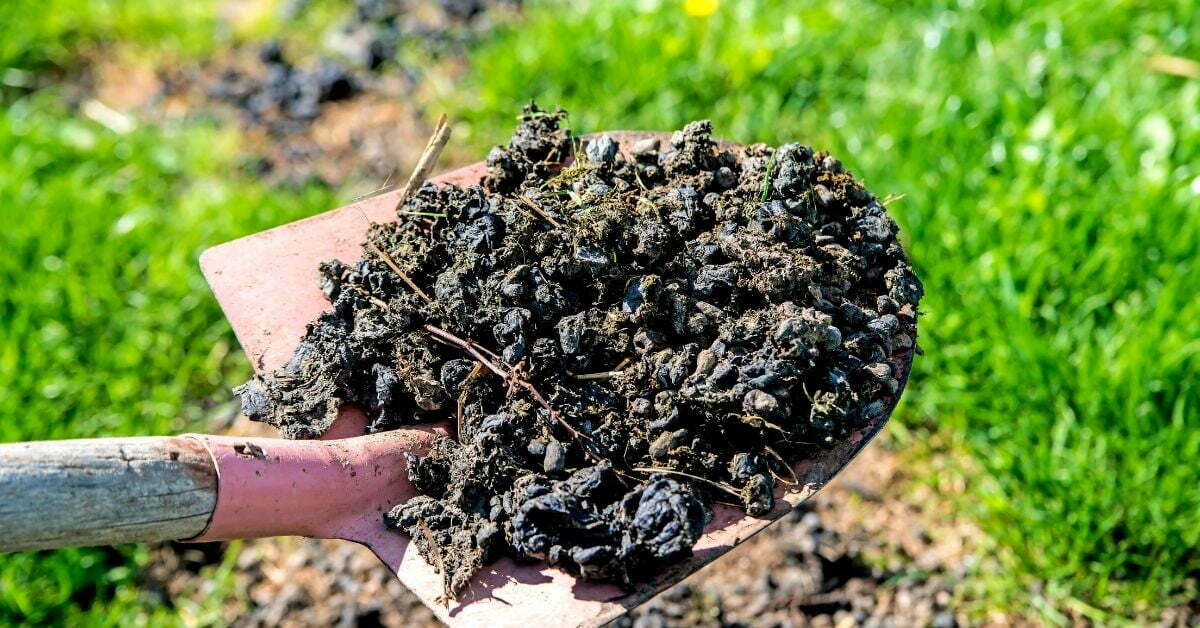
Crop rotation and nitrogen management go hand in hand; therefore, knowing this link is critical when making nitrogen management choices. Crop rotation may affect the rate of nitrogen mineralization, in addition to the other advantages.
Even the change in soil temperature, moisture, plant residue, pH, and tillage techniques may affect the conversion of organic nitrogen to mineral nitrogen. In the last 50 years, nitrogen has become more popular as a fertilizer.
Nitrogen levels on certain farms are elevated as a result of the extensive usage of this substance, which is primarily intended to boost output.
Legumes like peas, beans, and alfalfa, as well as nitrogen-rich rotations such as these, provide nitrogen to succeeding crops.
Legumes’ nitrogen stays in the soil longer than synthetic fertilizers’ nitrogen, reducing the amount that may drain into nearby waterways and contaminate nearby streams.
Nitrate leaking into surface and groundwater may be minimized by crop rotation. Improves the availability of soil nitrogen and reduces the amount of nitrogen fertilizer utilized by the plant.
3. Improves the Soil Structure

The physical condition of the soil is improved as a result of crop rotation, which reduces compaction. Crop rotation enhances both the structure and texture of the soil. In this way, seed germination and root growth may take place in an ideal environment.
Additionally, it aids in the infiltration and aeration of water into the soil, both of which benefit the crops and serve to enhance the soil’s chemical composition in general.
All of this hinges on the kind of crop rotation, such as cover crops that limit weed spread and prevent soil damage from plowing.
The pores in the soil are an essential part of its structure. Soil with wide holes drains water quickly, but soil with tiny pores restricts the flow of both air and water. Soil structure is often improved by crop rotation.
4. Preserves water supply

Crop rotation improves soil water retention capacity in conjunction with enhanced soil structure. Water is quickly and thoroughly absorbed by well-structured soils. In a dry season, plants may draw on the water stored deeper in pores, which is kept for use by crops when they need it most.
- Crop rotation helps farmers save water by reducing the amount of irrigation required.
- Some additional advantages of increased water storage include:
- Protection of soil nutrients and prevent losses
- Soil acts as a sponge, reducing the chance of floods.
- Elimination of deterioration
- The replenishing of the underground water supply
- Cultivated plants
5. Prevents pests and diseases
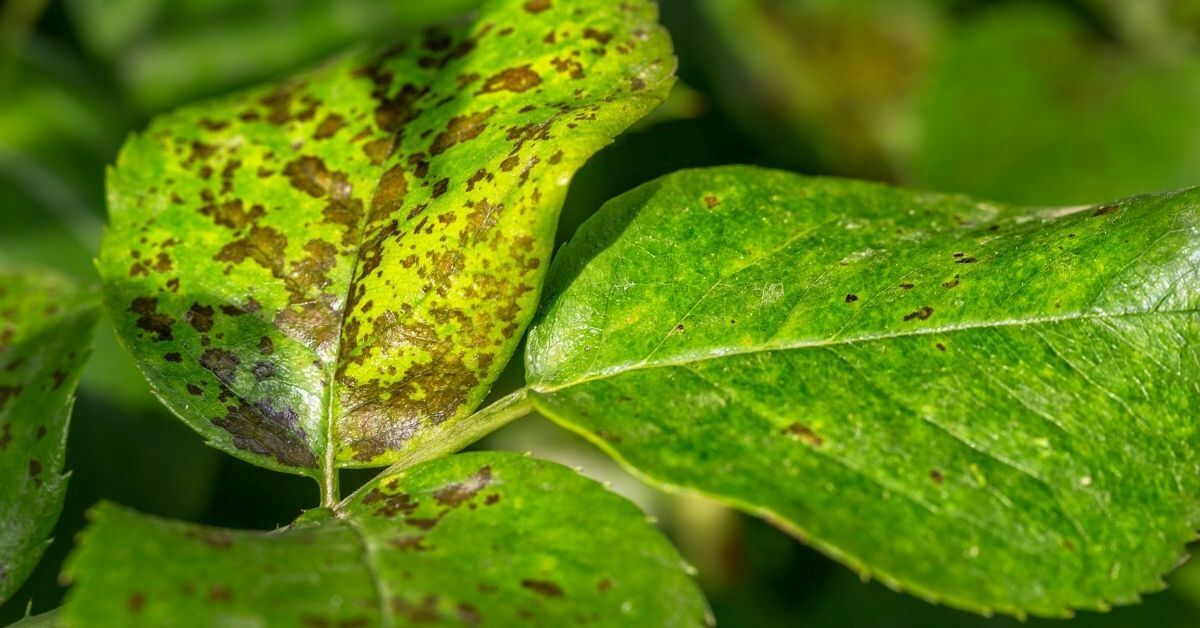
In crop rotation, choosing the right crop to plant is also an important factor in avoiding pests and diseases. Planting crops with the same family is good for crop rotation. Crops with the same family are likely to suffer from similar pest and disease problems.
Crop rotation interrupts the life cycle of pests and their habitat by using different plants, which means that similar infections are more likely to be found in each new crop. During the course of a year, pests and illnesses are likely to infest the area due to the weather. Crop rotation may help farmers reduce their exposure to insect pests and illnesses.
Knowing which pests and diseases are prevalent at a certain time of year and which crops are impacted allows farmers to grow the host plant at a period when the infestation is less likely. Plants are less likely to get infected as a result, and farmers may produce food year-round without resorting to pesticides, which is better for the environment.
6. Reduces Weeds
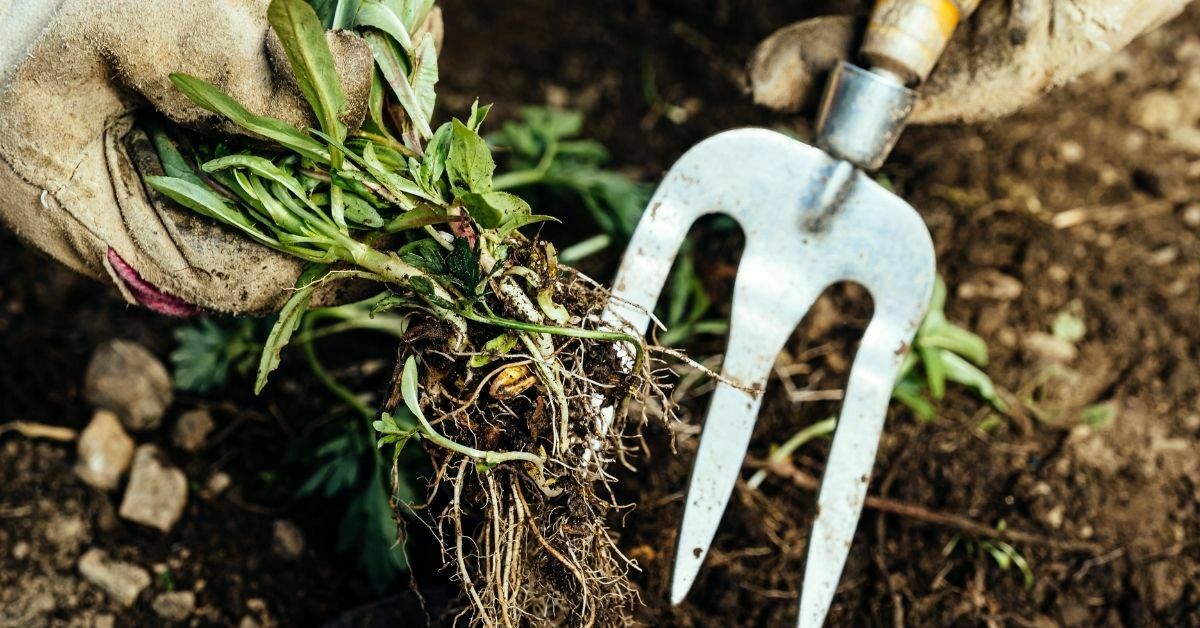
Weeds may be effectively controlled via crop rotation, a practice that has been used for centuries. It entails ensuring that weeds are less likely to develop and/or increase in quantity by preserving the field conditions. Crop rotation, on the other hand, permits the crops to crowd out weeds while competing for nutrients and other resources.
Tillage or mowing may be used to manage weeds, which are a persistent problem for farmers. Because they compete for nutrients, they constitute a severe threat to crops. Thus, crop rotation decreases the weed population or, better yet, prevents them from establishing themselves. That means that in the long-term, plowing on the ground is no longer necessary since it harms the soil’s structure.
7. Adds nutrients to the soil
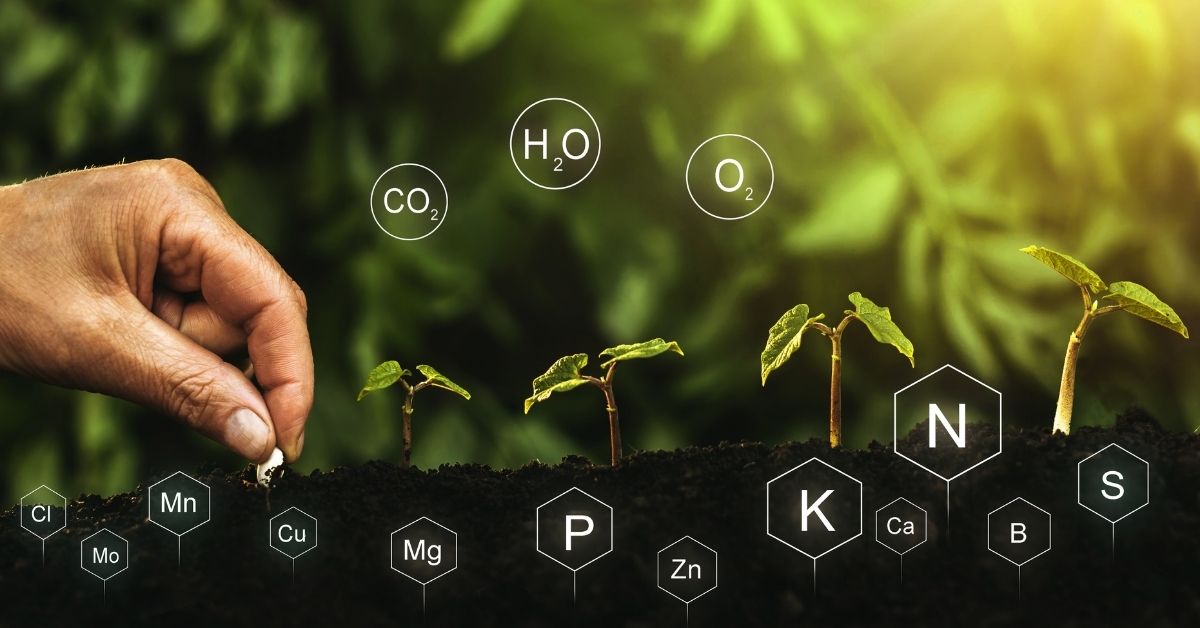
Crop rotation gives nutrients to the soil by planting crops alternately. Plants in the family Fabaceae, such as legumes, peas, and beans, contain nitrogen-fixing bacteria called rhizobia bacteria. Therefore it is good if you plant these crops alternately with cereals or other crops that need nitrates.
Making the right plan for rotation crops is important for you to know what crop is best in your garden. Crop rotation by family is not effective if you have a small garden, but basic soil-balancing rotation is effective for your small garden. Gardeners with large garden areas and growing a variety of crops can do the crop rotation by family.
8. Increases Existing Nutrient Content of Soil
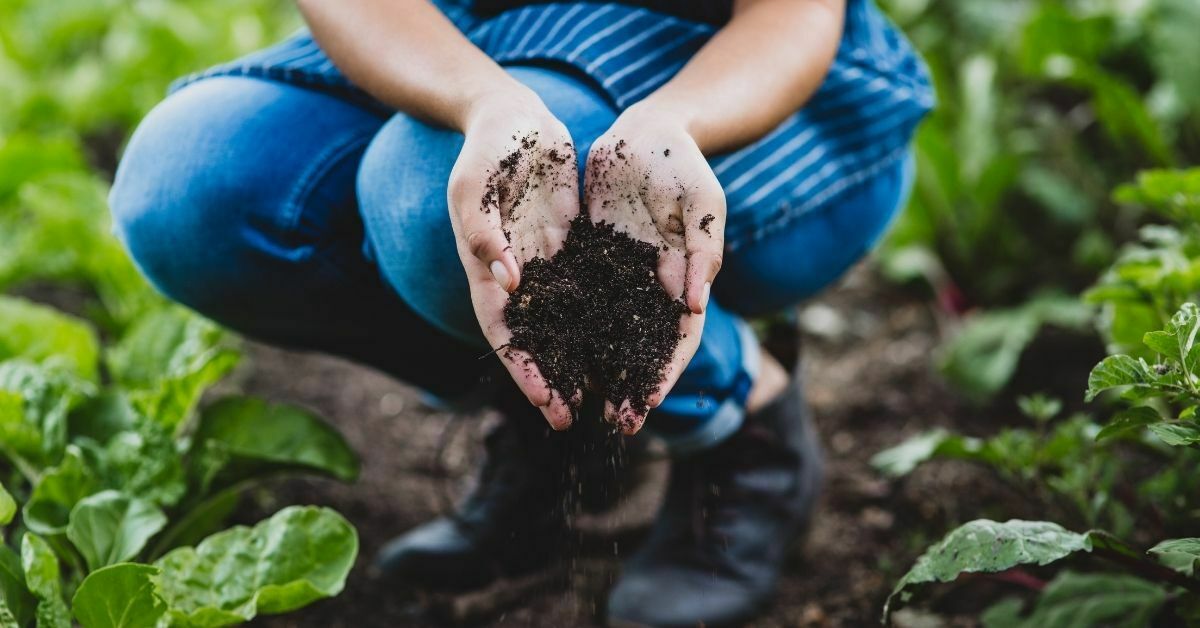
Crop rotation helps the ground to renew and revitalize its own nutrients without the usage of fertilizers, as was previously mentioned. In order to replenish the nutrients that plants remove from the soil, it is necessary to leave the ground barren for a period of time.
Soil nitrogen levels may be raised by growing nitrogen-fixing bacteria in crops like legumes, for example. These bacteria fix nitrogen naturally in the soil. The soil requires a range of plants to be better balanced since each crop type provides or absorbs various soil nutrients.
After a rotation, it is critical to know what sort of plants to grow in order to prevent either excessive nutrient accumulation or excessive nutrient absorption from the soil.
9. Enhances Crop Production

Crop rotation improves the yield of a single harvest season. A general bountiful harvest is obtained as well as a range of crops at the end of each season due to the inclusion of various crop varieties. Crop rotation has been shown to boost crop yields by 10 to 25 percent, according to some scientific research.
Because of the abundance of nutrients in the soil, every plant will thrive, resulting in an increased output.
In order to illustrate the benefit of crop rotation, most farmers are encouraged to apply it when the land gets stagnant and does not yield as much as it ought to. Over time, the approach has been shown to be effective in increasing the land’s fertility.
10. Minimizes Soil Erosion

Topsoil erosion occurs when wind or water washes away the most critical layer of soil. Heavy rain can’t wash away the topsoil layer when the soil is continually covered by plants. In contrast to maize, which leaves land exposed to soil erosion factors, a layer of crawling plants or cover crops, such as beans and peas, works effectively to prevent erosion by providing complete crop cover.
The roots of the plants keep the top layer of soil together, reducing the effect of raindrops on the soil and water erosion in general. When crops are grown in conjunction with trees, they may help protect the land from soil erosion.
11. Reduces Pollution of the soil
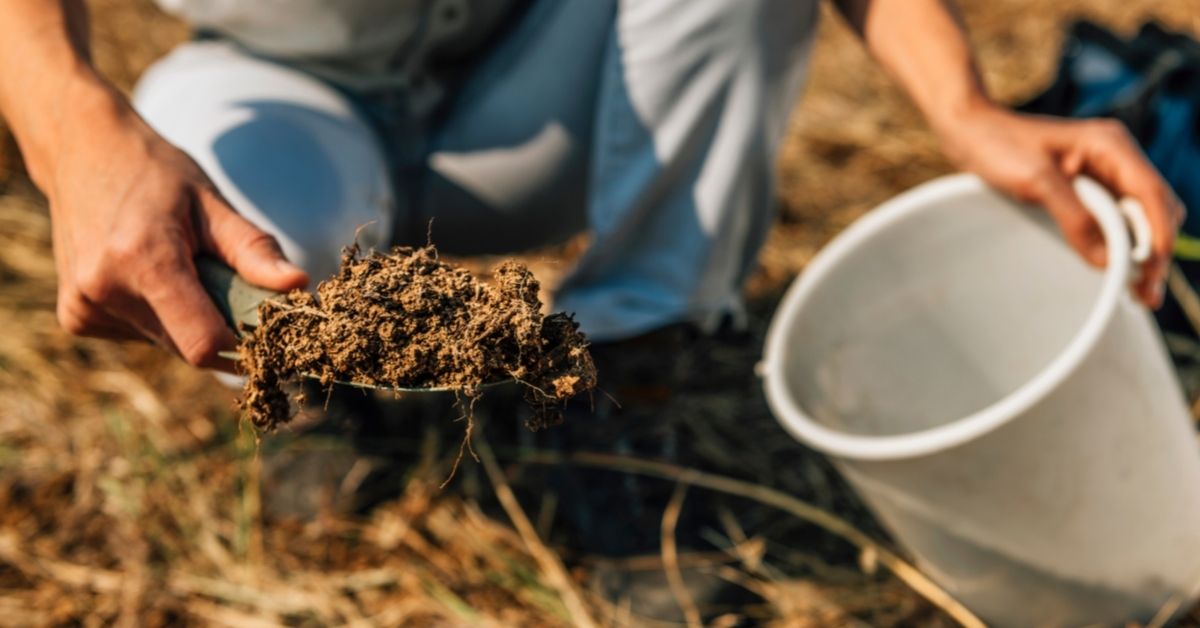
Soil leaching occurs when nutrients in the soil build up to a toxic or hazardous level as a result of overfertilization, which prevents plants from flourishing. Toxic chemicals or compounds released by certain agricultural plants are prevented from building up because of crop rotation.
As a result, the farmer does not need to use fertilizers to sow crops effectively.
Crop rotation also decreases insect and disease infestations, eliminating the need to use pesticides on crops. As a result of their effectiveness, pesticides may build up in soils to deadly amounts.
When precipitation washes pesticides off fields and into streams, the chemicals may pile up, increasing the water’s toxicity.
12. Reduces pollution and toxicity of land and water

Since modern agriculture has become more intensive, we’ve discovered how to employ fertilizers to raise the soil nitrogen concentration artificially. Although excessive and inefficient fertilizer usage has led to the release of too much nitrogen into the environment, the natural nitrogen cycle has been altered as a result of this (especially in aquatic ecosystems).
Nitrogen from agricultural fertilizers is estimated to be emitted into the environment at a rate of up to 80 percent.
It is the eutrophication of water bodies that poses the greatest threat to our drinking water supply and our health. Nitrate-heavy water, for example, may create a dangerous illness known as Blue Baby Syndrome when it inhibits the flow of oxygen in the circulation of newborns.
If you don’t believe you’re directly affected by this issue, consider it again. By 2010, 64% of shallow wells in agricultural regions of the US had nitrate levels above normal, according to US Geological Survey. Nitrogen pollution has spread much farther than previously thought.
Crop rotation methods restore nitrogen levels in soils by alternating leguminous crops with other crops, unlike heavy fertilizer agriculture.
13. The cultivation of cover crops for green manure
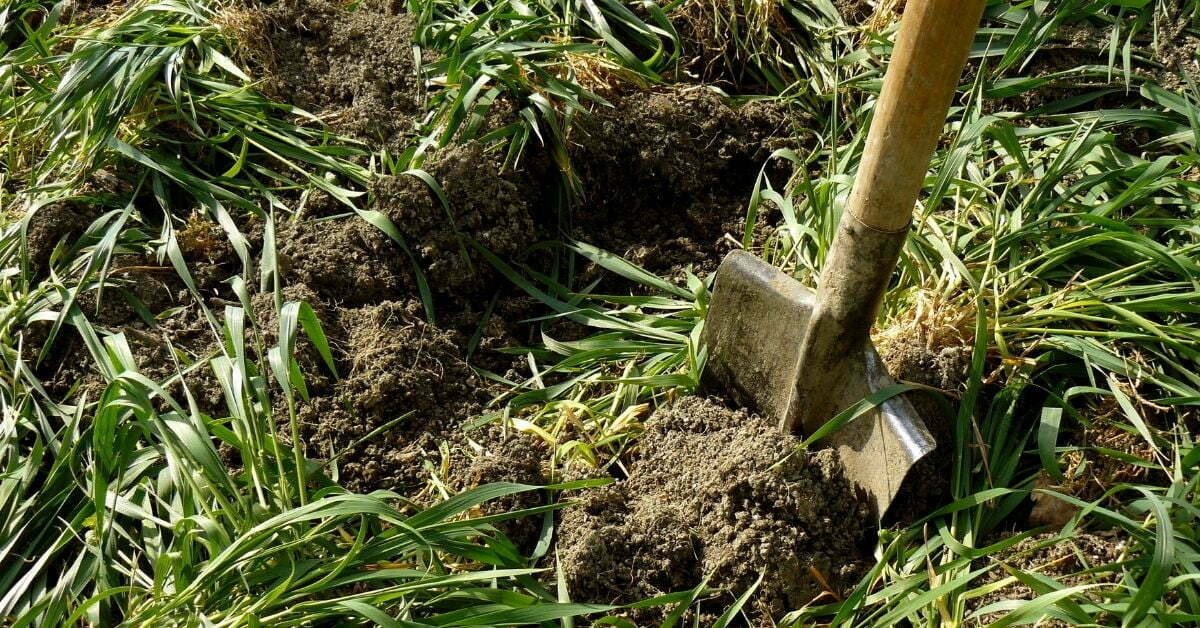
Sowing fast-growing crops called “green manures” on bare soil is a common practice to cover bare spots, provide organic matter, and improve soil quality. In vegetable gardens or as winter crops, they are often employed because their foliage smothers early-spring weeds, and their roots maintain the soil in place throughout hard winters. Premature harvesting of this kind of crop is common. They return the greatest nutrients to the soil and enhance soil structure while they are still green when they are dug into the ground.
Red clover, alfalfa, ryegrass, peas, lentils, vetch, hay, and pasture grasses are common green manure crops. According to some of their functions, farmers often choose green manure cover crops.
- Protection of the soil from eroding
- Conservation of nutrients
- Interruption of pest and disease life cycles
- Fixation of nitrogen
- Weed control
- Biomass supply
Using green manure cover crops on a farm is an efficient way to improve soil quality. Stabilized long-term production of farmlands is an advantage of crop rotation farming.
14. Reduction in Production Costs

Certain crops may be grown with less effort and equipment than others. It reduces the cost of agricultural production by spreading out the labor and resources throughout the course of the year.
This mostly relies on the crop we choose. To add to the benefits of diversification, farmers now have a wider range of alternatives when it comes to selling their goods.
15. Mitigation of global warming

Crop rotation aids climate change mitigation in two crucial ways:
- Reduced emissions of greenhouse gases and
- improved carbon storage capacity of soils.
Nitrous oxide, a strong greenhouse gas, is a byproduct of intensive farming. 300 times more effective than carbon dioxide in raising temperatures on the planet. Nitrogen fertilizer usage in agriculture has led to a 50% rise in emissions of the pollutant.
Up to 100 kilos of nitrogen fertilizer per hectare may be saved each year by crop rotation. As a result, nitrous oxide emissions are reduced significantly, and the concentrations of greenhouse gases are less likely to alter as a result of human actions.
Soil has a significant ability to sequester and store carbon dioxide from the atmosphere. As a result of crop rotation farming’s efforts to increase carbon storage in the soil by strengthening soil structure and keeping soil undisturbed, carbon emissions linked with agriculture are reduced.
To demonstrate how effective crop rotation is in reducing the effects of climate change, researchers contrasted wheat monocultures with rotations of lentil and wheat crops. The following is what the researchers discovered:
Wheat yields were roughly the same under both methods, at around 1,800 kilos per hectare.
An estimated 30 percent less fertilizer was utilized in farms with crop rotation.
The rotation crop saw a 16 percent reduction in nitrous oxide emissions.
The rotating mechanism resulted in a 150 percent reduction in carbon footprint.
Overall, these data show that rotation cropping has a significant advantage over standardized wheat planting.
16. External input independence
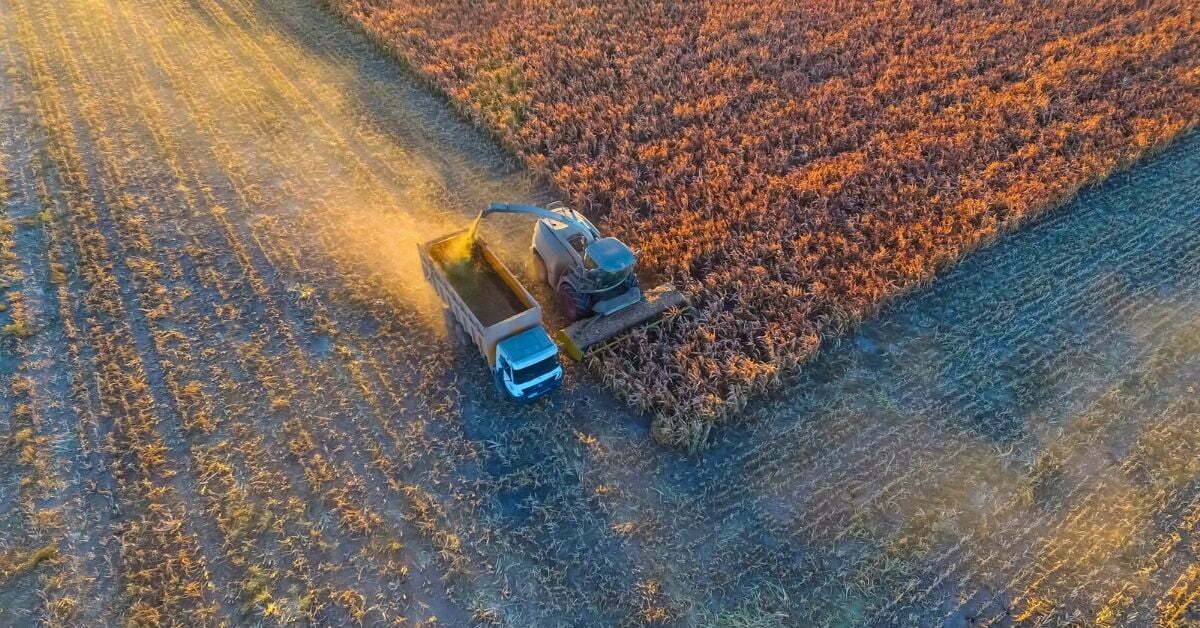
The long-term viability of current agricultural systems may be threatened by their dependence on external inputs.
Using crop rotation systems as a cropping method is one option. Agriculture’s dependency on foreign inputs may be reduced in this way.
Maintaining the land’s long-term production and interrupting the cycle of weeds and diseases are other important considerations. In addition to improving soil health and fertility, crop rotation systems may also have a positive influence on environmental quality and farm profitability.
Conclusion
In today’s world, crop rotation is dependent on a plethora of circumstances. Soil type, climate, rainfall, and markets for different crops are all listed here. Corn and soybeans may be grown on the same field in alternating years by certain modern farmers. As a result, some farmers choose to grow six or more crops on a field over the course of many years instead.
New farming practices are increasingly using crop rotation because of its environmental advantages. Because of the reduced area in a very valued crop, there are also concerns, such as lower profitability.
Crop rotation, in spite of these drawbacks, has several environmental advantages. The farm’s long-term viability and production are enhanced by a well-planned crop rotation. In addition, this system promotes the development of numerous soil organisms and provides a climate-friendly source of energy, enhancing soil fertility.
When was the last time you used anything similar to this? Make your thoughts known about it, whether you’ve done so or not. We don’t mind if you spread the word about this article if you find it useful.

FAQ – Crop Rotation
What is the 4 crop rotation?
In this four-crop rotation (wheat, turnips, barley, and clover), cattle could be raised all year long since the rotation comprised both feed and pasture crops. During the British Agricultural Revolution, the four-field crop rotation was a significant breakthrough.
What is the best crop rotation?
A vegetable (or family of vegetables) should be rotated every 3 to 4 years so that it grows in the same spot just once. It’s more probable that the same pests or illnesses will attack your tomatoes if you grow them in the same spot year after year.
What is the most common crop rotation?
It is estimated that in the United States, the majority of corn and soy acres are planted in a two-year rotation of corn and soy-based on ARMS data from 1996 to 2010.
What are the 4 types of cropping system?
1. Mono cropping;
2. Crop Rotation;
3. Sequential Cropping;
4. Inter Cropping;
5. Relay Cropping
Why is crop rotation sustainable?
In organic crop production, crop rotation is essential because it is a powerful tool for controlling soil diseases, insect pests, weed issues, and establishing healthy soils.
What crops should not be rotated?
For most annual vegetable crops, crop rotation is employed on allotment plots and kitchen gardens. Rhubarb and asparagus, which are perennial vegetables, cannot be rotated.
Is crop rotation necessary for home gardeners?
Crop rotation is a common practice among gardeners; however, this may not always be essential. Even if you have a large garden, you may not be able to do so. It’s worth pondering. Plants that don’t get rotated exist if you plant perennial fruits, vegetables, or herbs. You can watch the details here:


